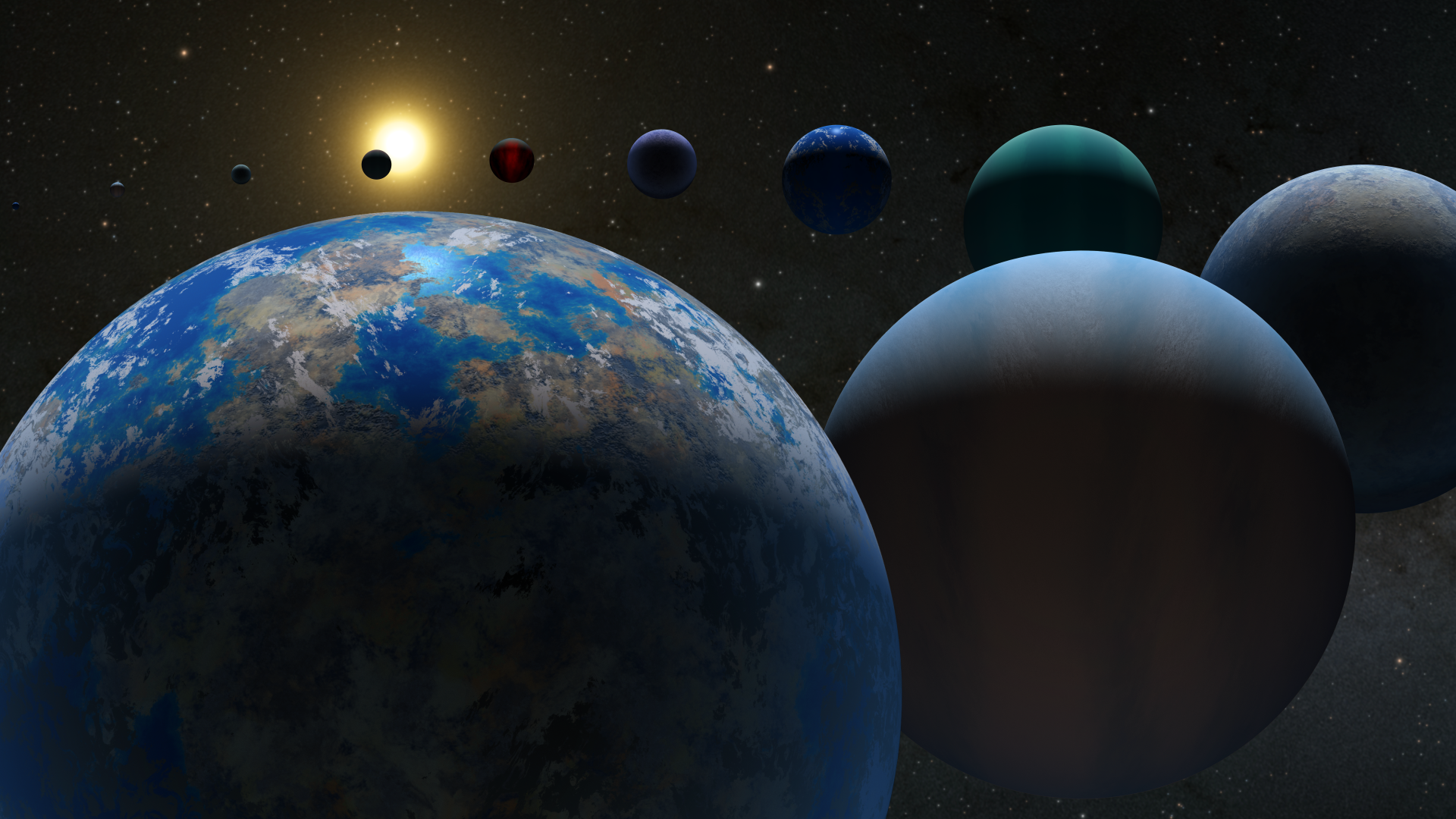Multimedia
The Search for Other Earths (fact sheet)

Scientists have identified thousands of planets beyond the Solar System. They estimate that there are hundreds of billions more in the Milky Way, which means there are more exoplanets than stars in our galaxy. Many of them may be in Earth’s size range. As we imagine these planets and how they might be like our own, scientists are actively searching the sky for stars where we will explore and find exoplanets.
To find and study these distant worlds, astronomers use a variety of methods:
Radial Velocity: Watching starlight wobble
The radial velocity method was one of the first techniques ever used to find exoplanets. When a planet orbits a star, it exerts a gravitational tug on the star, causing the star to shift position, or wobble. The radial velocity method measures these wobbles, which show up as slight shifts in the wavelength or spectral color of the star’s light, to look for planets. Telescopes around the world use this method to detect exoplanets. Often, it is used to confirm planets found with other methods, including those found with space telescopes using the transit method, and it also provides an estimate of the mass of the planet.
Transits: Searching for dimming stars
If a planet passes in between Earth and its host star, it blocks some of the star’s light, like an eclipse. For that brief period of time, the star appears dimmer. It’s a tiny change, but it’s enough to clue astronomers into the presence of an exoplanet around a distant star. By measuring these dips in stellar brightness, the Kepler and the Transiting Exoplanet Survey Satellite (TESS) space telescopes have discovered thousands of exoplanets. This method reveals the radius of the planet and can also be used to study the planet’s atmosphere.
Direct Imaging: Taking pictures of planets
The only method where planets can be seen directly is direct imaging, or taking pictures of planets. The other techniques look for changes in starlight. Exoplanets are far away, and they are millions of times dimmer than the stars they orbit. So taking pictures of planets is extremely difficult. To see the planet and overcome the challenge of how bright the star is, astronomers use techniques to remove the star’s glare. By blocking this starlight, direct imaging has been used to find large planets, far from their host stars. Finding planets that are closer to their bright stars is more challenging, and rapidly advancing technology is working towards this goal. Direct imaging may eventually be used to look at details on planets, such as atmospheres, oceans, and land on the surface.
Astrometry: Measuring minuscule movements
Measuring radial velocity isn’t the only way astronomers can find stars that are wobbling due to the gravity of their planets. The star’s wobble can also be visible as changes in its apparent
position in the sky. Astrometry uses precise measurements of a star’s movement over time to find planets, and unlike other methods, it can even collect accurate data about a planet’s mass and orbit. The star’s position on the sky can appear to change by such a small amount that it can be difficult to detect planets with astrometry, especially small ones the size of Earth.
Microlensing: Finding flashes of lensed light
The gravity from heavy objects warps the space around them, so light rays passing nearby will bend. The light behaves as if it were going through the lens of a magnifying glass. This means that when a planet passes in front of a faraway star, the planet’s gravity causes lensing and the star temporarily appears brighter. Astronomers search for these fleeting flashes across the sky. Using this method, they have discovered distant and even free-floating planets. Microlensing enables astronomers to estimate the frequency of planets in the outer reaches of exoplanetary systems.
Credit
NASA/JPL-Caltech





